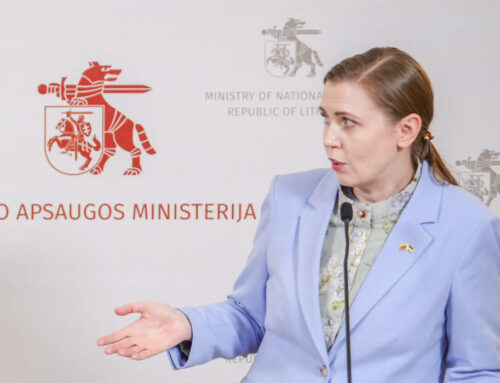US Space Force Lt. Gen. David Miller, Space Operations Command commander. (US Space Force photo by Airman 1st Class Justin Todd)
WASHINGTON — The Space Force is planning a first-ever meeting with combatant commanders, other US agencies and allies to hammer out near-term requirements and priorities for space capabilities, according to the head of Space Operations Command (SpOC).
Because the Space Force is small and the needs of military operators for space capability are growing, the service needs to set priorities and balance amongst competing demands, while also ensuring that Guardians have downtime to train as new technologies and capabilities come on board, Lt. Gen. David Miller told the Mitchell Institute today.
For example, he said, that right now the service doesn’t have enough capacity in the area of intelligence, surveillance and reconnaissance (ISR) to meet all the needs of the combatant commanders as well as its own internal requirements.
“We have to have models that allow us to meet 24/7, mission requirements while simultaneously surging to the needs and demands of combatant commanders. … We’ll have a first-ever sourcing and prioritization conference with all of the combatant commanders, as well as our allies and the interagency in October, where all those requirements will come in,” Miller said.
At that meeting, the Space Force will “level set” with the user community “on the capacity that we have — including modernization that we might need to take forces down in order to build new capability,” he explained. SpOC then will “build a plan for the future that goes out at least two to three years” that will be refreshed “every six months.”
SpOC is the Space Force unit responsible for organizing, training and equipping Guardians to ready them to undertake military operations across the joint force.
To be able to better improve readiness to meet operational needs, SpOC last September began experimenting with “Integrated Mission Deltas (IMDs)” for two of its missions areas — electromagnetic warfare and positioning, navigation and timing — that combine operations and sustainment activities. The aim of the IMDs is not just to speed capabilities to the hands of warfighters, but also “improving the capacity and the lethality” of space systems, Miller said.
For example, he said that the IMD for electromagnetic warfare has come up with some new operational concepts “that allow us to meet more combatant commander needs with a forward based capability” by leveraging already existing infrastructure.
Miller said the Space Force now hopes to transition nearly all of its deltas to this revised organizational structure within the next 12 months.
“We’re in the process of going through the next set of what those will be. My hope is that over the next year, we will complete the transition of all the deltas that need to be Integrated Mission Deltas into IMDs,” he said.
In May, Lt. Gen. Philip Garrant, head of Space Systems Command, told the Mitchell Institute that the next mission areas for conversion to IMDs are missile warning and space domain awareness, to be followed by satellite communications.











